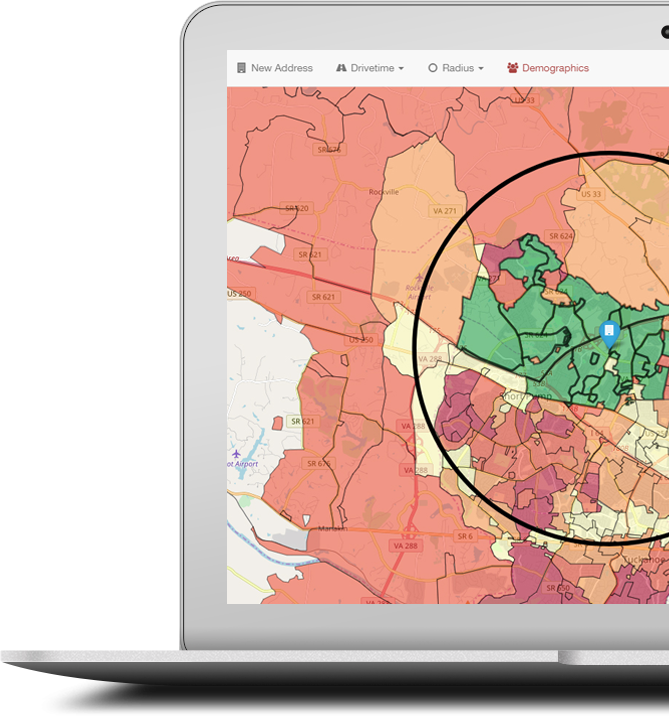7 tips for better audience targeting
Published by
Chris Barr
on
Maximize sales by reaching the best prospects
A business must identify and understand its target audience to develop and execute successful marketing campaigns. Without a defined target audience, it's impossible to craft products and services to meet the wants and needs of customers. Here are 7 tips to help you target better:
Here are 7 tips to help you target better:1. Geographic targeting. Most businesses and organizations serve a defined market area. For example, a pizzeria may serve a 5-mile radius or a drive-time area of ten minutes or less. Geographic targeting helps advertisers identify where their target audience lives.
2. Demographic filters. Once you've defined a geographic market area, you need to dive deeper. A market area will typically consist of "pockets" of high-density prospects. In other words, you may generate higher ROI by focusing your ad spend within specific parts of the broader market.
3. Data Mining. Do you have a point of sale system or customer database you can analyze? Use your own in-house data to build an ideal customer profile. Once you understand the audience who currently buys from you, it'll be easier to identify look-a-like customers for future marketing.
4. Behavioural Information. Consumers typically follow a purchase decision-making process. If you understand what influences their purchases, how they will use your product/service, and their attitudes towards brands and products, you can more effective marketing and sales processes. Consumers may have trends such as preferences for "buying online" or "shopping in-store" that can be leveraged to maximize markteing efficacy.
5. Psychographic Information. Psychographics is the use of sociological, psychological, and anthropological factors, along with consumer behavior, to predict how different groups within market segments make decisions. Factors such as financials, interests and hobbies, lifestyles, self-concept, and other advanced data points can be used to create a target audience that is best suited to purchase a product or service.
6. Media. What media channels do members of your target audience use to consume information, communicate, search, and enjoy entertainment? These days, most consumers split their time between offline and online interactions. This fact of life requires that advertisers develop and execute multichannel marketing strategies to reach, influence, and convert consumers into new customers. In most cases, marketing campaigns should include a healthy mix of print and digital ads to generate the highest return on investment.
7. Competitors. Do you compete directly with other businesses or organizations? If so, spend time analyzing their marketing efforts. This is especially helpful for new businesses competing with established companies. Don't re-invent the wheel. Learn what works through observation, document their top traffic-drivers (offers), and consider how your marketing strategy can benefit or capitalize on discovered opportunities. If you're not sure how to get started, use the SWOT analysis method.
These targeting methods can be used independently or in combination to achieve optimal results. As always, each marketing situation is unique and many additional factors such as budget, data quality, and other circumstances must be considered.
In most cases, you can achieve far greater results, whether through direct mail or digital ads, by simply using two or three targeting methods to reach the best prospects.

